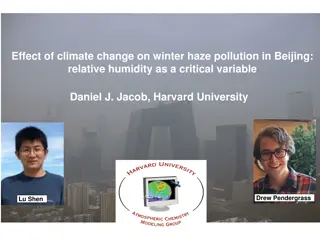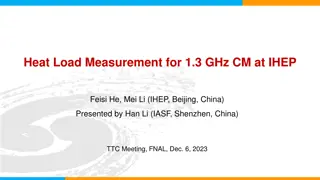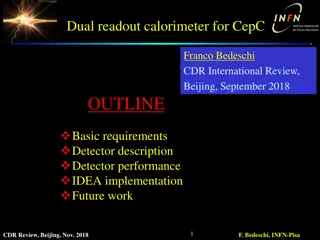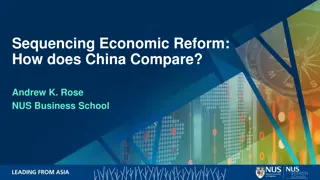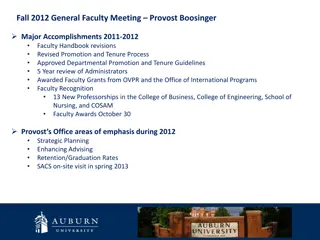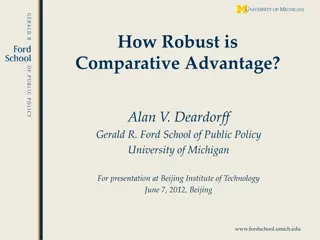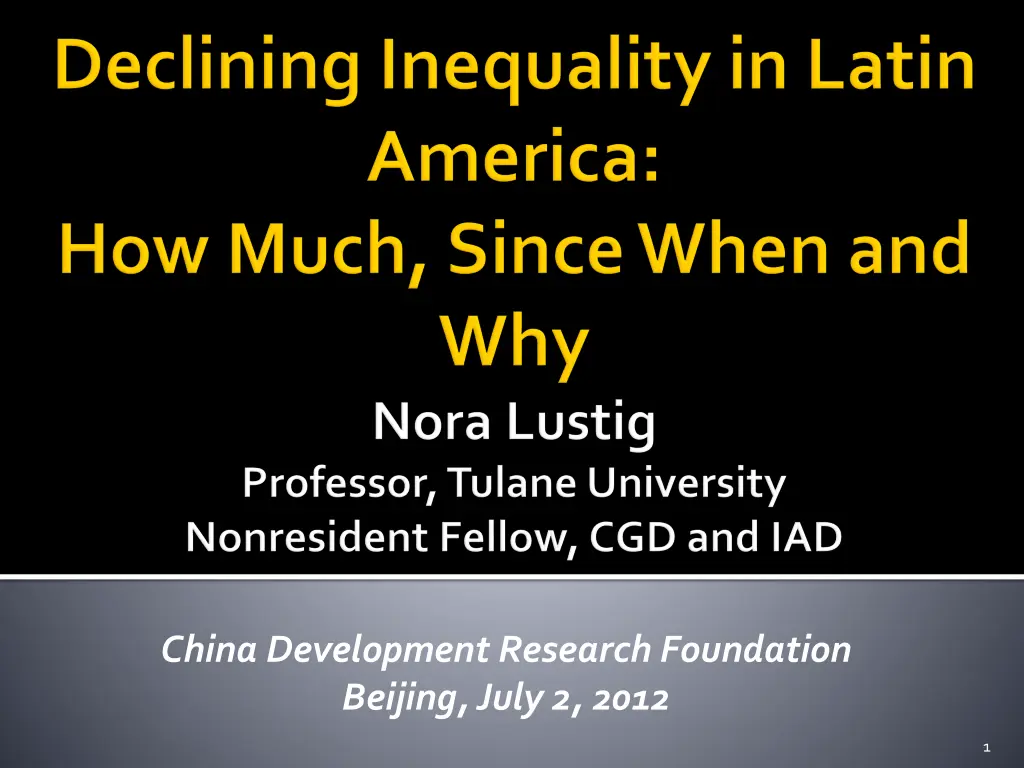
Inequality Trends in Latin America: 1990s to 2010s
Explore the evolution of inequality in Latin America from the 1990s to the 2010s through changes in the Gini coefficient, poverty rates, and economic growth. Discover how Latin America compares to other regions in terms of income distribution and social development.
Download Presentation

Please find below an Image/Link to download the presentation.
The content on the website is provided AS IS for your information and personal use only. It may not be sold, licensed, or shared on other websites without obtaining consent from the author. If you encounter any issues during the download, it is possible that the publisher has removed the file from their server.
You are allowed to download the files provided on this website for personal or commercial use, subject to the condition that they are used lawfully. All files are the property of their respective owners.
The content on the website is provided AS IS for your information and personal use only. It may not be sold, licensed, or shared on other websites without obtaining consent from the author.
E N D
Presentation Transcript
China Development Research Foundation Beijing, July 2, 2012 1
60.0 55.0 53.2 50.0 44.7 45.0 Gini coefficient 39.1 38.9 38.9 40.0 33.6 35.0 32.2 30.0 25.0 20.0 High Income Europe and Central Asia South Asia North Africa and the Middle East East Asia and the Pacific Sub-Saharan Africa Latin America and the Caribbean 2
Inequality in all Latin American countries has declined between (circa) 2000 and (circa) 2011 Decline continued through the global financial crisis in 2009 Inequality declined in LA while it rose in other regions 5
Gini coefficient Household per capita income 55 Unweighted averages 54 53 52 51 50 49 48 47 46 45 1980 1986 1992 1998 2002 2010 Source: own estimates based on SEDLAC (CEDLAS and World Bank).
Gini coefficient Household per capita income Unweighted averages 54 53 52 51 50 49 48 1992 1993 1994 1995 1996 1997 1998 1999 2000 2001 2002 2003 2004 2005 2006 2007 2008 2009 2010 Source: own estimates based on SEDLAC (CEDLAS and World Bank).
Poverty, growth and inequality Latin America, 4 USD PPP international poverty line 2.0 1.5 The 1990s 1.0 0.5 The 2000s 0.0 -0.5 -1.0 Stagnation -1.5 -2.0 -2.5 -3.0 1992 1993 1994 1995 1996 1997 1998 1999 2000 2001 2002 2003 2004 2005 2006 2007 2008 2009 2010 GDP Poverty Inequality Source: own estimates based on SEDLAC (CEDLAS and World Bank).
1990s -4.8 0.7 -4.1 2000s -6.4 -3.7 -10.1 Growth effect Distribution effect Total Source: Gasparini et al. (2012).
Change in Gini coefficient 6.0 4.0 2.0 0.0 -2.0 -4.0 -6.0 -8.0 Dominican R. Panama Guatemala Colombia Costa Rica Peru Chile Mexico Nicaragua Ecuador El Salvador Paraguay Honduras Uruguay Brasil Bolivia Argentina Venezuela
2004 Dominican Republic, Ecuador, Paraguay, Peru 2003 Argentina, Bolivia, Venezuela 2002 Year when inequality started to decline 2001 El Salvador, Panama 2000 1999 1998 Brazil, Chile 1997 1996 Mexico 1995 1994 11
Fast growing countries (Chile and Peru), slow growing countries (Brazil and Mexico) and countries recovering from crisis (Argentina and Venezuela) Persistently high inequality countries (Brazil) and normally low inequality countries (Argentina) Countries with left populist governments (Argentina), left social-democratic governments (e.g., Brazil, Chile) and center/center-right governments (e.g., Mexico and Peru) 12
Decline in labor income inequality associated with a fall in the so-called premium to skills Decomposition exercises reveal that the quantity effect was unequalizing in many countries (Paradox of progress in education) but the price effect (change in skill premium) was equalizing Decline in non-labor income inequality associated with more generous and targeted cash transfers 13
Not the same in all countries: Relative demand of educated workers rose more slowly in the 2000 s ( several countries) Relative supply of educated workers rose faster than demand in the 2000 s (Mexico) Minimum wages, unions (Argentina, Ecuador, Venezuela) Reduction in unemployment/commodity boom Degraded tertiary (Chile) 14
Annual change in skilled/unskilled conditional wage gap Latin America (16 countries) 8 6 4 1990s 2 0 Wage premium -2 2000s -4 Source: Gasparini, Galiani, Cruces and Acosta (2011).
Annual changes in skilled/unskilled wage gap, and relative supplies Latin America (16 countries) 8 6 1990s 4 2000s 1990s 2 0 Wage premium Relative supply -2 2000s -4 Source: Gasparini, Galiani, Cruces and Acosta (2011).
More active labor policy Minimum wage, unions, income policies Increase in real value of minimum wage (2002-2010) 100 80 60 40 20 0 DOM MEX PRY BOL CRI SVD PAN PER COL VEN GUA CHL HND ECU BRA NIC URY ARG -20
Employment Reduction in unemployment Increase in female labor market participation (especially poor) Unemployment rate (Latin America) 12 10 8 6 4 2 0 1990 1995 2002 2009
Ongoing project for 12 countries; results are available for 6 Standard Fiscal Incidence Analysis Household surveys from around 2008-2011 19
Poor? <2.5? 120.00%? 96.89%? 100.00%? 92.47%? 74.02%? 80.00%? 69.29%? 57.67%? 60.00%? 43.36%? Poor? <2.5? 40.00%? 20.00%? 0.00%? ARGENTINA? BOLIVIA? BRAZIL? MEXICO? PERU? URUGUAY? 22
0.575? c 0.573? 0.562? 0.542? 0.539? 0.525? 0.527? Argen na? 0.517? 0.510? 0.504? 0.498? Bolivia? 0.503? 0.498? 0.501? Gini? 0.494? 0.489? Brazil? 0.489? 0.477? 0.480? 0.465? 0.473? 0.475? Mexico? 0.468? 0.475? 0.476? 0.477? Peru? 0.464? 0.459? 0.450? 0.462? Uruguay? 0.442? 0.425? 0.401? 0.388? 0.375? Market? Income? Net? Market? Income? Disposable? Income? Post-fis a l? Income? Final? Income? 23
Declining Inequality in Latin America: A Decade of Progress? Edited by Luis F. L pez-Calva and Nora Lustig, Brookings Institution and UNDP, 2010. Declining Inequality in Latin America: How Much, Since When and Why?, Lustig, Lopez-Calva and Ortiz, Working Paper, Tulane University, 2011. http://ideas.repec.org/p/tul/wpaper/1118.html The Rise and Fall of Income Inequality in Mexico: 1989-2010, Campos, Esquivel and Lustig, Working Paper, WIDER, January 2012.http://www.wider.unu.edu/publications/working- papers/2012/en_GB/wp2012-010/ Recent trends in inequality in LA, ppt presentation by Leonardo Gasparini, Universidad Carlos III, Madrid, May 2012. Taxes, transfers and income redistribution in Latin America, Lustig, N. (c00rdinator), 2012 24



